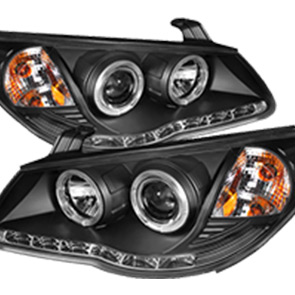gas pedal and throttle cable
Understanding the Gas Pedal and Throttle Cable System
In the world of automotive mechanics, the gas pedal and throttle cable represent an essential aspect of a vehicle's performance and driver experience. While these components may seem simple, they play a pivotal role in how an engine responds to the driver's commands, influencing acceleration, fuel efficiency, and overall driving dynamics.
The Role of the Gas Pedal
The gas pedal, often referred to as the accelerator, is the control mechanism that a driver uses to communicate their desire for increased speed. When a driver presses down on the gas pedal, they are essentially feeding a signal to the vehicle's engine to increase its power output. This simple action initiates a complex process involving various components of the engine and corresponding systems in modern vehicles.
In traditional vehicles equipped with internal combustion engines, pressing the gas pedal directly controls the throttle valve's opening through the throttle cable. This mechanical linkage allows the driver to manipulate the amount of air-fuel mixture entering the engine, which in turn affects power output and speed. When the pedal is depressed, the throttle valve opens wider, allowing more air into the combustion chamber, leading to a greater fuel mixture and consequently, more power.
The Function of the Throttle Cable
The throttle cable connects the gas pedal to the throttle body, which houses the throttle valve. As the gas pedal is pressed, the cable pulls on the throttle body, opening the throttle valve. This mechanical system is straightforward yet effective, allowing for immediate and responsive acceleration.
gas pedal and throttle cable

However, the throttle cable system does require maintenance. Over time, cables can fray, stretch, or become sticky due to wear or exposure to harsh conditions. A malfunctioning throttle cable can lead to sluggish acceleration or even total engine failure, underscoring the importance of regular vehicle checks and maintenance.
Evolution of Throttle Control Systems
With the advancement of automotive technology, many modern vehicles have transitioned from mechanical throttle cables to electronic throttle control (ETC) systems. In an ETC system, the gas pedal is connected to a sensor instead of a physical cable. When the driver presses the gas pedal, the sensor relays this information to the engine control unit (ECU), which then adjusts the throttle valve electronically.
This new system offers several advantages, including enhanced responsiveness, improved fuel efficiency, and the ability to integrate with various vehicle systems, such as traction control and stability control. Furthermore, electronic throttle control systems can also provide more precise control over the engine's performance by adjusting for various driving conditions and improving vehicle safety through features such as automatic throttle reduction in slippery conditions.
The Driver's Experience
The connection between the gas pedal and throttle cable system is central to a driver's interaction with their vehicle. A well-functioning system ensures smooth, predictable acceleration, allowing for a more enjoyable driving experience. Conversely, issues such as a sluggish throttle response can lead to frustration and a reduction in driving confidence.
In conclusion, the gas pedal and throttle cable might not receive the same attention as engines and transmissions, but they are integral to the operation and performance of any vehicle. Whether through traditional mechanical systems or modern electronic versions, the relationship between a driver’s inputs and the vehicle's response exemplifies the intersection of human command and mechanical performance. Regular maintenance and understanding of these systems can lead to safer and more efficient driving experiences, underscoring the importance of these seemingly simple components in the broader context of automotive engineering. As vehicle technologies continue to evolve, the principles of throttle control will undoubtedly adapt, but the fundamental relationship between driver and machine will remain a key focus for both manufacturers and enthusiasts alike.
-
Workings of Clutch Pipe and Hose SystemsNewsJun.04,2025
-
The Inner Workings of Hand Brake Cable SystemsNewsJun.04,2025
-
The Secrets of Throttle and Accelerator CablesNewsJun.04,2025
-
The Hidden Lifeline of Your Transmission Gear Shift CablesNewsJun.04,2025
-
Demystifying Gear Cables and Shift LinkagesNewsJun.04,2025
-
Decoding Clutch Line Systems A Comprehensive GuideNewsJun.04,2025
